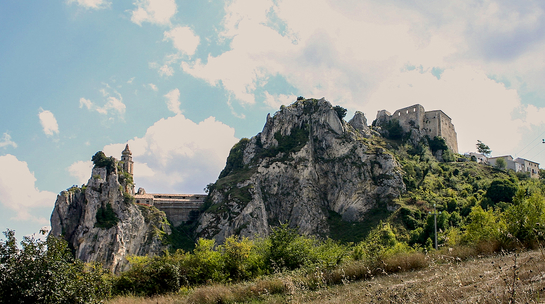Sustainable tourism is perhaps the only turning point of territorial rebirth of the internal areas of Italy.
Wonderful areas, above all from the naturalistic point of view, often still almost intact and untouched, but destined inexorably to depopulation.
This is the key to understanding the book “Invisible lands. Explorations on the tourism potential of inland areas” by Monica Meini, director of the Center for Tourism Studies of the University of Molise.
The book, recently published, proposes as a case study the analysis of the tourism potential of an internal area of Molise, between the Trigno and Biferno rivers, far from the centers devoted to seaside and mountain tourism.
Interesting analysis that, both from a methodological and content point of view, can inspire and become a model for other inland areas of Italy.
The concept of invisibility of a territory is not necessarily negative, especially if we think about the negative effects linked to mass tourism. It suggests something hidden, somehow protected, that deserves to be discovered.
A potential not yet explored and which deserves to be valued.
Brunella Muttillo

